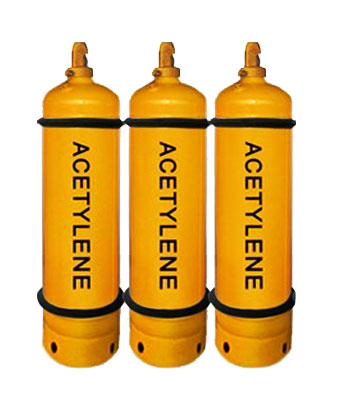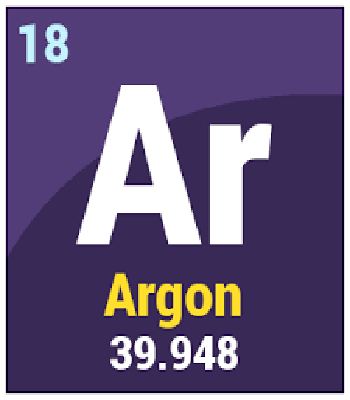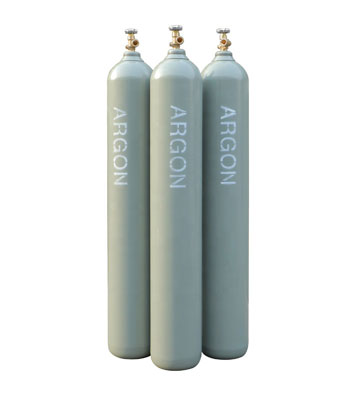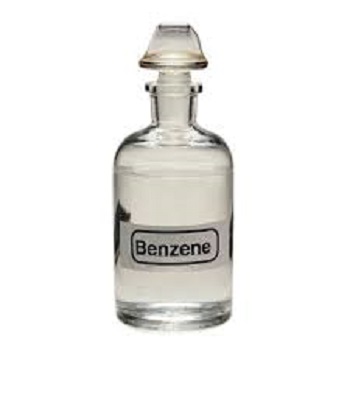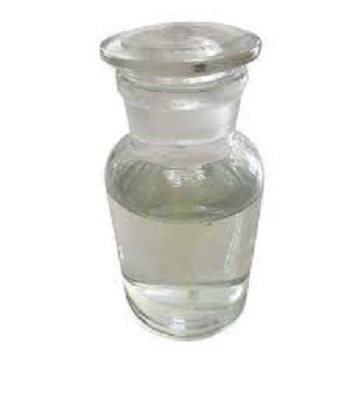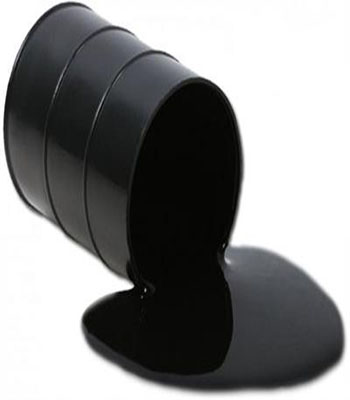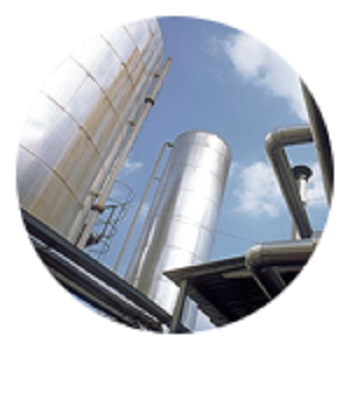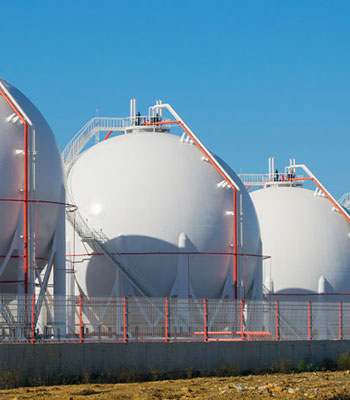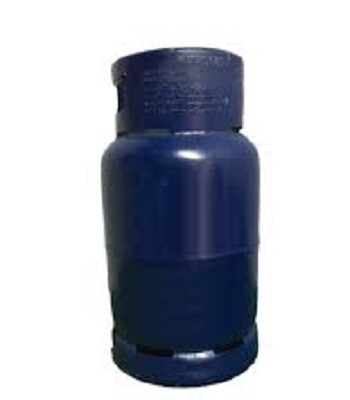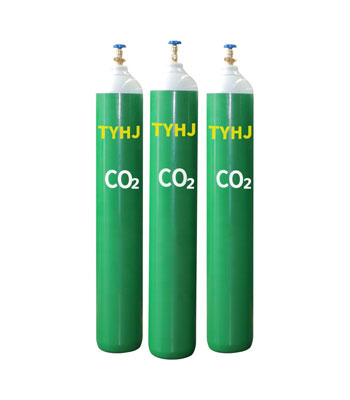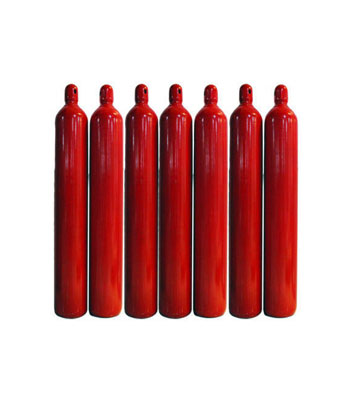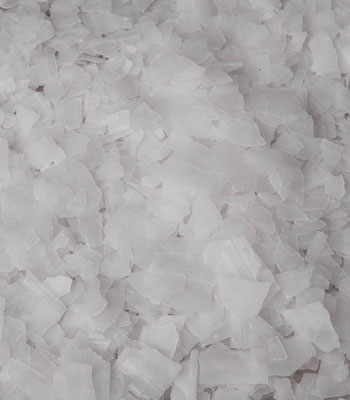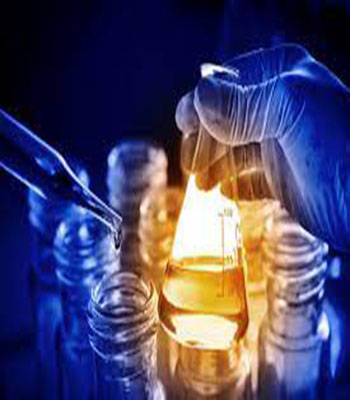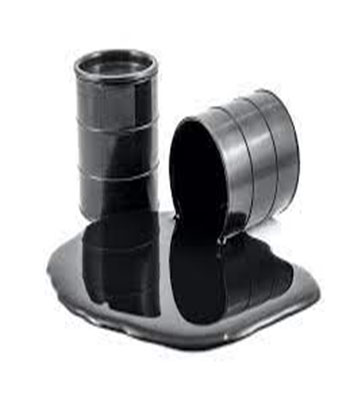Acetylene Gas
$0.00Pure Acetylene Gas
- Acetylene is the chemical compound with the formula C2H2. It is a hydrocarbon and the simplest alkyne. This colorless gas is widely used as a fuel and a chemical building block. It is unstable in pure form and thus is usually handled as a solution. Pure acetylene is odorless, but commercial grades usually have a marked odor due to impurities.
- As an alkyne, acetylene is unsaturated because its two carbon atoms are bonded together in a triple bond. The carbon–carbon triple bond places all four atoms in the same straight line, with CCH bond angles of 180°. Since acetylene is a linear symmetrical molecule, it possesses the D∞h point group.
Ammonia Gas
$0.00Ammonia is a compound of nitrogen and hydrogen with the formula NH₃. A stable binary hydride, and the simplest pnictogen hydride, ammonia is a colourless gas with a distinct characteristic of a pungent smell
Ammonium chloride-Ammonium chloride(NH4Cl)
$0.00Ammonium chloride is an inorganic compound with the formula NH4Cl and a white crystalline salt that is highly soluble in water. Solutions of ammonium chloride are mildly acidic. Sal ammoniac is the name of the natural, mineralogical form of ammonium chloride. The mineral is commonly formed on burning coal dumps from the condensation of coal-derived gases. It is also found around some types of volcanic vents. It is mainly used as fertilizer and a flavoring agent in some types of licorice. It is the product of the reaction of hydrochloric acid and ammonia.
Ammonium chloride( pharmaceutical grade)
$0.00Ammonium chloride(food grade)
$0.00Ammonium Chloride (NH4Cl), also known as ‘Sal ammoniac’, ‘Nushadir salt’, and is used as a food additive. Commonly used as a yeast nutrient in bread making, as excellent flavor-agent for delicious sweets, to improve the crispiness of snacks such as Indian samosas and jalebi, In baking it give cookies a very crisp texture. Ammonium chloride is also used as an expectorant in cough medicine.
Ammonium chloride(industrial grade)
$0.00Ammonium chloride, abbreviated as ammonium chloride. It refers to the ammonium salt of hydrochloric acid, which is mostly a by-product of the alkali industry. Containing 24%~26% of nitrogen, it is white or slightly yellow square or octahedral small crystal. It has two dosage forms of powder and granular. Granular ammonium chloride is not easy to absorb moisture and easy to store, while powdered ammonium chloride is used more. Basic fertilizer for the production of compound fertilizer
ARGON Gas
$0.00Argon is a chemical element with the symbol Ar and atomic number 18. It is in group 18 of the periodic table and is a noble gas. Argon is the third-most abundant gas in the Earth’s atmosphere, at 0.934%.
Argon Gas
$0.00Argon is a chemical element with symbol Ar and atomic number 18. It is in group 18 of the periodic table and is a noble gas.[3] Argon is the third most common gas in the Earth’s atmosphere, at 0.93% (9,300 ppm), making it approximately 23.8 times as abundant as the next most common atmospheric gas, carbon dioxide (390 ppm), and more than 500 times as abundant as the next most common noble gas, neon (18 ppm). Nearly all of this argon is radiogenic argon-40 derived from the decay of potassium-40 in the Earth’s crust. In the universe, argon-36 is by far the most common argon isotope, being the preferred argon isotope produced by stellar nucleosynthesis in supernovas.
Benzene
$0.00DESCRIPTION
Benzene (cyclohexa-1, 3) is the basis of a group of hydrocarbons referred to as “aromatics”. It is a clear colorless liquid, with a characteristic aromatic smell. Benzene is produced worldwide in substantial quantities, and because it is very easy to transport by ship, it is traded internationally.
Benzene-Hydrocarbons
$0.00Benzene is a chemical that is a colorless or light yellow liquid at room temperature. It has a sweet odor and is highly flammable. Benzene evaporates into the air very quickly. Its vapor is heavier than air and may sink into low-lying areas. Benzene dissolves only slightly in water and will float on top of water.
Benzene-Hydrocarbons
$0.00Benzene is a chemical that is a colorless or light yellow liquid at room temperature. It has a sweet odor and is highly flammable. Benzene evaporates into the air very quickly. Its vapor is heavier than air and may sink into low-lying areas. Benzene dissolves only slightly in water and will float on top of water.
BITUMEN 40-50 Penetration Grade
$0.00Penetration Grade Bitumen is a standard bitumen usually used as a Paving Grade Bitumen essential for road construction and for the production of asphalt pavements with superior properties, and it’s very important once it bounds the aggregates and creates a unique cohesion and stability to the bituminous mix.
BITUMEN 40/50 Penetration Grade
$0.00Bitumen 40/50 is a penetration grade bitumen means the penetration value is in the range 40 to 50 at standard test conditions which commonly used as a Paving Grade. This bitumen is petroleum grade bitumen, produced from fractional distillation of crude oil and vacuum residue (short residue) feedstock. Bitumen 40/50 is applicable for the production of hot mix asphalt for bases and pavements and for road.it is used in tropical areas.
BITUMEN 60-70 Penetration Grade
$0.00Penetration Grade Bitumen is a standard bitumen usually used as a Paving Grade Bitumen essential for road construction and for the production of asphalt pavements with superior properties, and it’s very important once it bounds the aggregates and creates a unique cohesion and stability to the bituminous mix.
BITUMEN 60/70 Penetration Grade
$0.00Bitumen Penetration Grade 60/70 which is produced during the process of oxidation of vacuum bottom in distillation tower and its penetration grade is between 60 & 70. The most common usage of bitumen 60/70 is in road construction, water proofing & building construction industries and also in cutback bitumen production. This kind of bitumen is suitable to be used in mild regions.
BITUMEN 80-100 Penetration Grade
$0.00Penetration Grade Bitumen is a standard bitumen usually used as a Paving Grade Bitumen essential for road construction and for the production of asphalt pavements with superior properties, and it’s very important once it bounds the aggregates and creates a unique cohesion and stability to the bituminous mix.
BITUMEN 85-100 Penetration Grade
$0.00Penetration Grade Bitumen is a standard bitumen usually used as a Paving Grade Bitumen essential for road construction and for the production of asphalt pavements with superior properties, and it’s very important once it bounds the aggregates and creates a unique cohesion and stability to the bituminous mix.
BITUMEN 85/100 Penetration Grade
$0.00Bitumen Penetration Grade 85/100 which is produced during the process of oxidation of vacuum bottom in distillation tower and its penetration grade is between 85 & 100. This bitumen manufactured from fractional/vacuum distillation of crude oil. This grade of Bitumen is mainly used in road construction, water proofing, building construction industries and also in cutback bitumen production. This kind of bitumen is suitable to use in cold regions.
Butane Specification
$0.00The product butane specifications are as follows:
| Capacity | 0.38 MTPA |
| Composition | |
|---|---|
| Butane Content | 95 liquid volume % (min.) |
| Pentane and heavier | 1.0 mole % (max.) |
| Quality | |
| Vapor pressure at 100 ºF | 70 psig (max.) |
| Volatile residue temp. at 95% evaporation | 36 ˚F (max.) |
| Corrosion, copper strip | No. 1 |
| Impurities | |
| Total sulfur | 0.001 wt % (max.) |
| Hydrogen Sulfide | negative |
Butane-Hydrocarbons
$0.00Butane or n-butane is an alkane with the formula C₄H₁₀. Butane is a gas at room temperature and atmospheric pressure. Butane is a highly flammable, colorless, easily liquefied gas that quickly vaporizes at room temperature. Butane is used as fuel and also as raw material in production of olefins.
Butterfly handle Gas Ball Valve
$0.00| Model : | Butterfly handle Gas Ball Valve |
| Company name : | Iran Gas Valve |
| Packaging : | – |
| Minimum order : | 1 |
| Standard : | – |
| Production power : | – |
Butterfly handle Gas Ball Valve Gas equipment
$0.00| Model : | Butterfly |
| Company name : | Iran Gas Valve |
| Packaging : | – |
| Minimum order : | 1 |
| Standard : | – |
| Production power : | – |
Carbon dioxide Gas
$0.00Carbon dioxide (CO2) is a nonflammable, colorless, odorless gas. It is found in air at concentration of about 0.03%. Carbon dioxide may exist simultaneously as a solid, liquid, and gas at a temperature of -56.6˚C and a pressure of 60.4 psig. At a temperature of -79˚C and atmospheric pressure, carbon dioxide solidifies forming “dry ice” at density of 97.4 pounds per cubic foot. Because of its low concentration in the atmosphere, air is not a suitable feedstock for carbon dioxide production. Rather, CO2 is obtained from by-product streams from various manufacturing processes. Bulk quantities of carbon dioxide are usually stored and shipped as liquid under elevated pressure and refrigeration.
Blanketing and purging of tanks and reactors. It is also used as shielding gas in the arc welding process. It is the source of the bubbles in soft drinks and other carbonated beverages. It is used to fill certain types of fire extinguishers that rely on its inert properties, densities, and low temperature when released from high-pressure storage.In addition to its “inert” properties, carbon dioxide, as dry ice, is used to freeze a variety of foods.
Carbon monoxide (CO) Gas
$0.00Carbon monoxide (CO) gas is formed from the combination of a carbon atom with an oxygen atom. Not only flammable, it is also very hazardous since it is very toxic and odorless. It cannot sustain life and is produced, among other things, from incomplete combustion due to lack of oxygen. It can therefore cause domestic accidents if heating systems are poorly maintained. It is produced on a large scale in industry, in combination with hydrogen, by reforming hydrocarbons, generally natural gas. It is used in large quantities to produce various intermediary organic chemicals, such as acetic acids, isocyanates, formic acid, and also certain polymers such as polycarbonates and polyketones.
Carbon Monoxide Gas
$0.00The Co unit production capacity is 140 kt/y of Carbon Monoxide,the feed of which is natural gas received from the National Iranian Gas Company at the rate of 87927 T/Y. The feed is mixed with steam after desulphurization and flow through the pre reformer at which higher hydrocarbons are broken to methane,CO,CO2 and Hydrogen and then passes through the reformer where sysngas is formed from the endothermic reaction of methane with steam .The reformer outlet steam is cooled to condensate and separate water ,then its CO2 content is separated by amine solution and returned to the reformer and discharged H2&CO are separated in a cold box to produce pure carbon monoxide product.
Caustic soda-Noah
$0.00Sodium hydroxide (sodium hydroxide), caustic soda (caustic soda), or caustic soda with the chemical formula of Noah, which is a solid, white substance with a melting point of 1390 ° C and a density of 2 to 13. Arax Shimi Industrial Group, using the latest technology in the world, operates its products with professional packaging and offers you a competitive price.
Condensate-Natural Gas Condensate
$0.00The natural gas condensate is also called condensate, or gas condensate, or sometimes natural gasoline because it contains hydrocarbons within the gasoline boiling range, and is also referred to by the shortened name condy by many workers on gas installations.In general, gas condensate has a specific gravity ranging from 0.5 to 0.8, and is composed of hydrocarbons such as propane, butane, pentane, and hexane. Natural gas compounds with more than two carbon atoms exist as liquids at ambient temperatures
Condensate-Natural Gas Condensate
$0.00Gas condensate is mostly composed of pentane and heavier hydrocarbons (+ C5) and depending on its harvesting position can contain sulfur and salt and is usually free of metals and about half of it is naphtha.
Unlike butane and propane, gas condensates do not require special conditions to remain liquid and can be converted to diesel, gasoline, kerosene, jet fuel, etc. in various ways. Compared to crude oil refinery, in gas condensate refinery, conversion and refining processes are less, so its investment cost is less than the investment cost of crude oil refinery.
The specific calorific value of each liter of gas condensate is about 32706 BTU, which is approximately equal to the heat value of 826 /. Cubic meters of natural gas is the first national pipeline; Therefore, this product is of considerable importance for export due to its high calorific value. In such a way that its export can return the initial investment cost of a gas refinery in a short period of time, provided that it has the desired technical characteristics.
Crude oil
$0.00Petroleum, also known as crude oil and oil, is a naturally occurring, yellowish-black liquid found in geological formations beneath the Earth’s surface. It is commonly refined into various types of fuels. Petroleum consists basically of compounds of only two elements, carbon and hydrogen. Because these elements combine in a large variety of complex ways, however, crude oils vary greatly in their chemical composition. Their physical properties such as color, specific gravity, and viscosity also vary widely.
crude Oil-Forozan Ecrude Oil
$0.00Crude oil or petroleum is a thick, flammable liquid of burnt brown or dark green, or black that is found in the upper layers of parts of the Earth’s crust. The oil contains a complex mixture of different hydrocarbons. Most of these hydrocarbons are from the alkane chain; But inwardly, composition or purity may vary greatly. Oil is called black gold. Oil is considered a fossil fuel and is non-renewable.
CRUDE OIL-HEAVY CRUDE OIL
$0.00Crude oil or petroleum is a thick, flammable liquid of burnt brown or dark green, or black that is found in the upper layers of parts of the Earth’s crust. The oil contains a complex mixture of different hydrocarbons. Most of these hydrocarbons are from the alkane chain; But inwardly, composition or purity may vary greatly. Oil is called black gold. Oil is considered a fossil fuel and is non-renewable.
Crude Oil-Koroosh Crude Oil
$0.00Crude oil or petroleum is a thick, flammable liquid of burnt brown or dark green, or black that is found in the upper layers of parts of the Earth’s crust. The oil contains a complex mixture of different hydrocarbons. Most of these hydrocarbons are from the alkane chain; But inwardly, composition or purity may vary greatly. Oil is called black gold. Oil is considered a fossil fuel and is non-renewable.
Crude Oil-Lavan Crude Oil
$0.00Crude oil or petroleum is a thick, flammable liquid of burnt brown or dark green, or black that is found in the upper layers of parts of the Earth’s crust. The oil contains a complex mixture of different hydrocarbons. Most of these hydrocarbons are from the alkane chain; But inwardly, composition or purity may vary greatly. Oil is called black gold. Oil is considered a fossil fuel and is non-renewable.
Crude oil-LIGHT CRUDE OIL
$0.00Crude oil or petroleum is a thick, flammable liquid of burnt brown or dark green, or black that is found in the upper layers of parts of the Earth’s crust. The oil contains a complex mixture of different hydrocarbons. Most of these hydrocarbons are from the alkane chain; But inwardly, composition or purity may vary greatly. Oil is called black gold. Oil is considered a fossil fuel and is non-renewable.
Crude Oil-Pars Crude Oil
$0.00Crude oil or petroleum is a thick, flammable liquid of burnt brown or dark green, or black that is found in the upper layers of parts of the Earth’s crust. The oil contains a complex mixture of different hydrocarbons. Most of these hydrocarbons are from the alkane chain; But inwardly, composition or purity may vary greatly. Oil is called black gold. Oil is considered a fossil fuel and is non-renewable.
Crude Oil-Sirri Crude Oil
$0.00Crude oil or petroleum is a thick, flammable liquid of burnt brown or dark green, or black that is found in the upper layers of parts of the Earth’s crust. The oil contains a complex mixture of different hydrocarbons. Most of these hydrocarbons are from the alkane chain; But inwardly, composition or purity may vary greatly. Oil is called black gold. Oil is considered a fossil fuel and is non-renewable.

